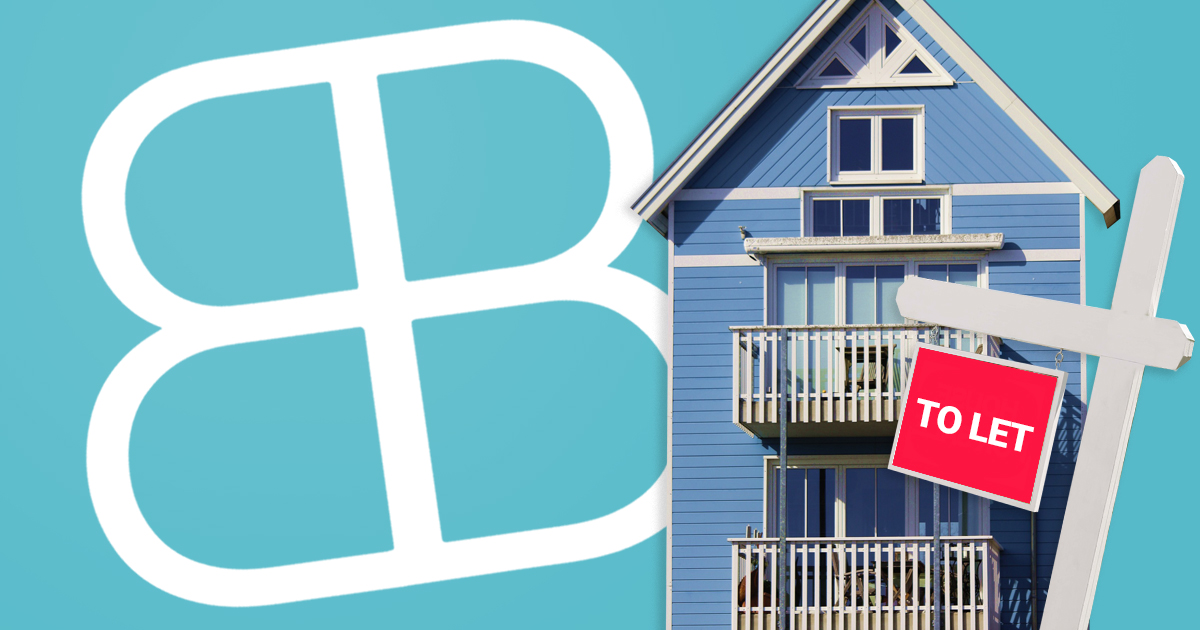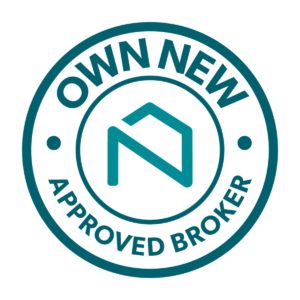Guide to Holiday Let Mortgages

Over the last year Buy to Let mortgages on Standard Assured Shorthold Tenancy Agreements have tapered off as investors look for different ways to generate income. The Holiday Let industry has grown as a result and lenders are keen to cater to the burgeoning market with an increased range of products.
What is Holiday Letting? Could it be the best alternative to a Buy to Let mortgage? This guide details everything you need to know about Holiday Let mortgages.
Let’s explore this rapidly growing market more.
What is a Holiday Let Mortgage?
A Holiday Let mortgage is like a Buy to Let mortgage except instead of renting the property to tenants you will be renting to holidaymakers.
Last year the range of Holiday Let mortgages available was narrow with only 17 products available in the U.K. With the decline of the Buy to Let mortgage industry, Holiday Let mortgages have surged in popularity and there are now over 44 Holiday Let mortgage products.
There are several reasons why Holiday Let mortgages are becoming more popular:
- During peak seasons a Holiday Let can generate as much money in a week as a Buy to Let would generate in a month
- The average yield on a Holiday Let is 8% annually compared to 6% annually on a Buy to Let
- The cost-of-living crisis has meant many are holidaying domestically rather than overseas
There are also some distinct disadvantages to Holiday Lets:
- Not a guaranteed regular income
- Most tourist hotspots are already saturated with Holiday Lets and the cost of property in these areas are much higher than the national average
- You will need to maintain the property more regularly and you could find yourself extremely busy during peak season
- The cost-of-living crisis will not factor indefinitely, meaning you could have a mortgage to pay when demand has reduced
What’s the Difference Between a Buy to Let and a Holiday Let Mortgage?
There are a few differences between Holiday Let and Buy to Let mortgages.
The biggest difference is Holiday Let mortgages are trickier to obtain. With a Buy to Let mortgage a lender will stress test your mortgage on rental income. It is easy for a lender to estimate a potential rental income for any given property.
With Holiday Let mortgages, a lender has a difficult task in estimating the potential holiday rental income. This is because Holiday Lets don’t command consistent income due to the seasonality of the tourist industry and long term predictions are hard to gauge due to changing holiday trends.
In short, Holiday Lets are riskier for lenders and a lender will normally ask for a higher deposit amount on a Holiday Let and the monthly payment can be more expensive than a Buy to Let.
Free consultations are available in the UK.
Get Started NowHoliday Let Mortgage Criteria
To obtain a Holiday Let mortgage you will need to have enough deposit to put down on the property, be able show rental income that exceeds your mortgage payments and pass a credit check.
Deposits on Holiday Let Mortgages
The minimum deposit for a Holiday Let mortgage is 20% although many lenders ask for higher deposit amounts.
Holiday Letting Income
Your lender will conduct a stress test on your Holiday Let mortgage. This will either be projected income or, if you are buying an existing Holiday Let property, on actual income generated. Most lenders will compare your property with existing Holiday Let properties in the area to estimate your income.
Credit Check
Lastly, as with all financial loans you will be credit checked to ensure you are responsible with your credit commitments.
How Much Does a Holiday Let Mortgage Cost?
A Holiday Let mortgage has a range of costs associated with it. Some of these costs can be offset against your tax liability.
Interest rates historically have been higher on Holiday Let mortgages but as lenders have warmed up to the tourist industry these rates have fallen. As of January 2023, a typical interest rate is around 6%.
Upkeep and maintenance of the property is normally tax deductible. If you are not doing the work yourself, you may find the cost of hiring a Holiday Let management company isn’t fully tax deductible.
You will also need to pay the second home purchase Stamp Duty rate if you already own a property. Currently this is 3% on top of your normal Stamp Duty liability.
Tax on Holiday Lets
HMRC are strict on taxation with Holiday Let properties. You will need to make sure your property is let to holiday makers exclusively and is fully furnished. You will need to ensure the property is let for at least 105 days a year and is advertised for let to holiday makers for a minimum of 210 days a year.
You will not be able to let the property out for 31 days or more to one tenant. If you fail to meet any of the above criteria you will not be allowed to offset expenses against your tax bill.
Maintenance Costs
There are two factors that make Holiday Let maintenance more expensive than a Buy to Let.
- Guests are an unknown quantity and some will be fantastic while others will not. This revolving footfall causes more wear and tear than a sitting tenant
- Holiday Lets must be furnished to receive tax benefits. Furnishings are more susceptible to wear and tear and will need upkeep to ensure your Holiday Let commands your desired rental income
What Our Clients Have To Say
Where Can I Find a Holiday Let Mortgage?
Holiday Lets are a welcome alternative to Buy to Lets and can offer higher return on investment. The costs and hassle associated with a Holiday Let can put investors off.
If you manage your Holiday Let property efficiently, it can be far more lucrative than a Buy to Let.The Holiday Let mortgage market is growing and every month lenders are introducing new Holiday Let products.
Boon Brokers is a Whole of Market Mortgage, Insurance and Equity Release Brokerage. Boon Brokers offers fee free mortgage advice. Book your initial Holiday Let consultation with Boon Brokers today.
Gerard BoonB.A. (Hons), CeMAP, CeRER
Gerard is a co-founder and partner of Boon Brokers. Having studied many areas of financial services at the University of Leeds, and following completion of his CeMAP and CeRER qualifications, Gerard has acquired a vast knowledge of the mortgage, insurance and equity release industry.Related Articles





